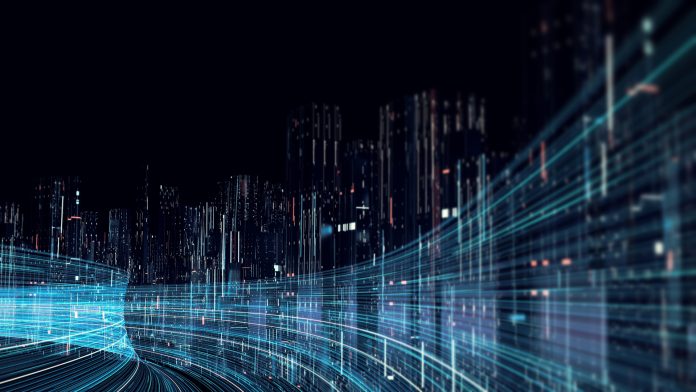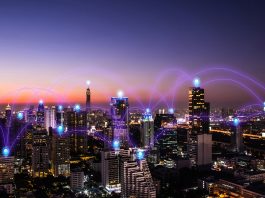Richard Osborne, CTO of Purple Transform, discusses leveraging AI to transform existing digital infrastructure to enhance efficiency, sustainability, and cost-effectiveness.
In the digital age, we are constantly bombarded with the need to deliver efficiency and experience improvements. We have been trained to expect fast and constant improvements in all the cloud software services we consume. But when your improvements are tied to upgrading physical infrastructure, the pace of change can be frustratingly slow.
Physical infrastructure, such as transport, power, and energy, plays a pivotal role in keeping the country running. However, when physical technology infrastructure needs upgrading, it can come with significant attached costs and potentially even require wholesale replacements.
In addition, companies are increasingly looking to prioritise sustainable business practices, and constant asset replacement is at odds with this.
So, how can organisations stay at the forefront of digital innovation without costing the earth – or the bottom line?
Cost considerations of digital upgrades
A complete overhaul of digital infrastructure can be accompanied by a significant financial investment. For instance, the UK Government reports that a whopping £1.7bn of public funding is already being invested in delivering broadband across the country.
In both the public and private sectors, alternatives to full-scale technology infrastructure replacement, such as repurposing existing technology, are crucial.
Preserving legacy technology offers numerous benefits both in terms of cost, particularly where budgets are constrained or subject to scrutiny by taxpayers and decision-makers, and sustainability.
Renew, reuse, recycle with AI
Rather than disposing of and upgrading old technology, there are greener alternatives that can help maximise the potential of existing equipment. One such example is AI, which can turn existing ‘dumb’ infrastructure into smart technology.

For instance, consider the thousands of CCTV cameras across the UK railways that enhance security and passenger safety. These cameras are either solely there to investigate incidents after the event or rely on humans to monitor them, notice any disturbances or incidents, and manually act upon them.
This burdens staff resources and leaves room for human error. It is nearly impossible for even the most attentive person to monitor multiple feeds simultaneously and spot every risk or hazard, every time.
This is where machine intelligence can play an important role. It can turn ‘dumb’ cameras and sensors into smart devices that detect hazards and operational inefficiencies and alert the appropriate personnel.
Digital infrastructure transformation on UK railways
A recent illustration of this approach can be found in the UK railway system. Multiple railway stations have implemented AI-driven technology that transforms existing CCTV cameras into intelligent sensors using Artificial Intelligence.
The technology extracts and analyses real-time, anonymised data from camera feeds and other sensors. The AI is trained to identify normal patterns and behaviours. Deviations from the norm trigger alerts, allowing staff to respond quickly and efficiently to potential incidents. This could include anything from a person on the tracks to disturbances requiring de-escalation.
Additionally, the system can be used to identify dangers along the infrastructure, like obstacles on the tracks or ground instability.
AI can be used to upgrade existing infrastructure in a multitude of sectors and applications. For instance, AI could be integrated with existing building management systems to optimise energy consumption.
Using historical data and real-time sensor readings, AI could be trained to adjust heating, cooling, and lighting systems for improved efficiency without requiring a complete replacement of existing equipment.
The example of transforming ‘dumb’ cameras into smart devices highlights AI’s potential to breathe new life into existing equipment. By integrating machine intelligence into existing technologies, outdated systems can be repurposed—an approach that can be more cost-effective and sustainable while unlocking new capabilities.
Evolving technology thoughtfully
As technology continues to evolve rapidly, it’s crucial to recognise that constantly disposing of outdated tech, such as CCTV cameras, is neither environmentally friendly nor cost-effective.
While embracing new technologies and advancements in AI is essential, a more thoughtful approach is needed. Instead of automatically scrapping old infrastructure, we should explore ways to leverage existing systems.
This approach reduces costs and environmental impact and maximises social and fiscal benefits. When combined thoughtfully and strategically, AI and digital infrastructure can be a perfect pair.









